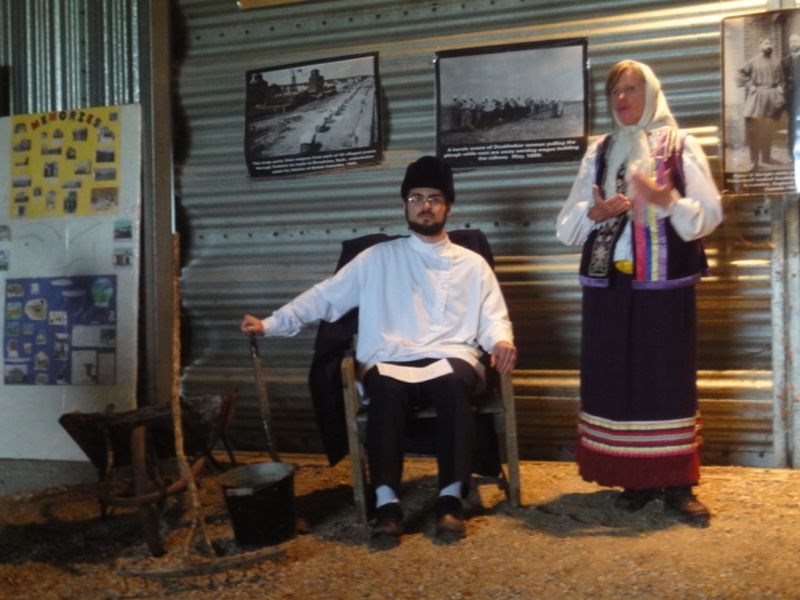The Doukhobors have passed down many a bumpy road on their way to integration into Canadian society. That is the message of the film, Doukhobors and Sons of Freedom, a 2016 submission to the Yorkton Film Festival.
This ten-minute documentary will screen at the Gallagher Centre in Yorkton on May 28 and is also available for viewing at Mini-Cinema, a feature that allows people to choose a film and watch it on an individual basis on a television screen. Mini-Cinema provides flexibility so that an individual can see any of the festival submissions.
Filmmaker Trona Garvie was the researcher and director for Doukobors and the Sons of Freedom. She works for Bamboo Shoots, a company that creates Saskatchewan content for maxTV Local on Demand.
Nominated in the Community Television Category, the film tells the history of the sect in Russia and their immigration to Canada and its re-enactment at an event held in Blaine Lake. It features Brenda Cheveldayoff, a descendant of Iakov Fedor Popoff who lived in the dugout house located her property. Through her efforts, that house, dug into the banks of a ravine, has been preserved.
Doukhobors and Sons of Freedom reaches from the past into the present, showing that today most Doukhobors have assimilated into the wider Canadian society.
As told in the film, in the 18th century, the Doukhobors broke away from the Russian Orthodox Church because of the church’s excessive wealth and authoritarian practices. Concerned about further insurrection, the Czar and the church began a campaign of persecution that reached intolerable heights when the Doukhobors adopted principles of pacifism at the end of the nineteenth century.
That was when Leo Tolstoi and the Quakers came to their assistance. With their financial help, the Doukhobors immigrated to Canada to take up land in the areas around Kamsack, Canora and Blaine Lake. In return, the Canadian government promised them conscientious objector status and freedom from military service.
Over the next eight or nine years, these new settlers became desperately unhappy. Their first grievance had to do with title to land. The Land Titles Act demanded that the homesteader lay claim to his home quarter on an individual basis. This demand was contrary to Doukhobor belief in communal ownership of land.
Their second grievance had to do with schooling. The Doukhobors resisted the idea of compulsory education, thinking that schools would mean an end to their beliefs and lifestyle for future generations.
But above all, they feared the oath of allegiance. They saw its promise to defend the King as an abrogation of their pacifist beliefs. As a result of their grievances and what they saw as an abrogation of government promises, many packed up and left their land behind for a new life in British Columbia.
Those who remained claimed their lands as individuals under the Homestead Act and took the oath of allegiance. They were known as the Independents. The rift between the two groups caused tension within the Doukhobor community for decades.
The film continues the Doukhobor story in British Columbia. It describes the rise of the Sons of Freedom, a breakaway group known in the 1950s for protesting and disrobing in public. It talks about the traumatic removal of children from families when the parents refused to send them to school. Many Doukhobors saw themselves as outside the mainstream of Canadian society.
“Canada is a beacon for the rest of the world,” said J. J. Verigin, head of the Union of Spiritual Communities of Christ Doukhobors. “Canada aims at integration rather than assimilation.
“That makes us one of the richest countries in the world,”Verigin concluded.




